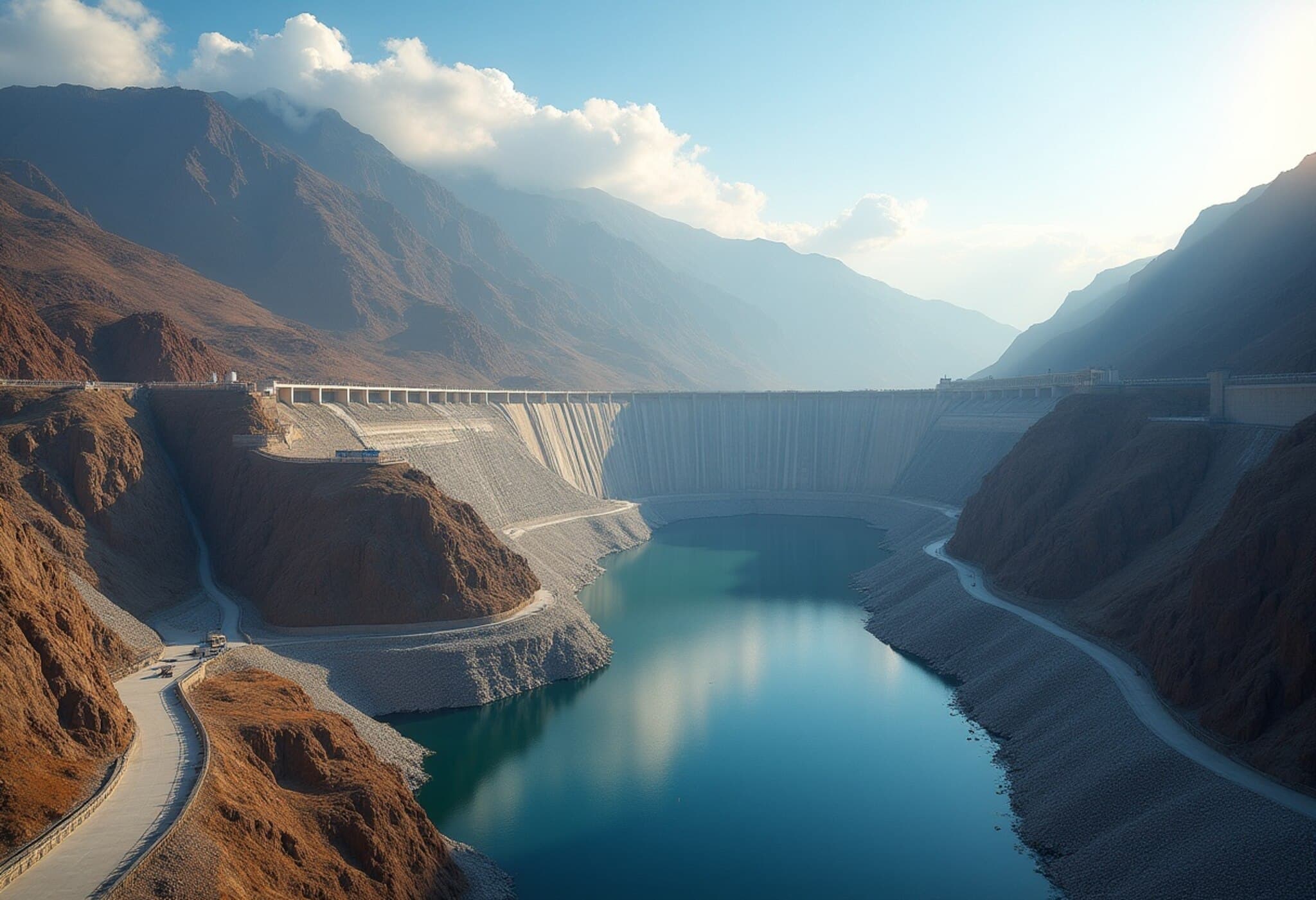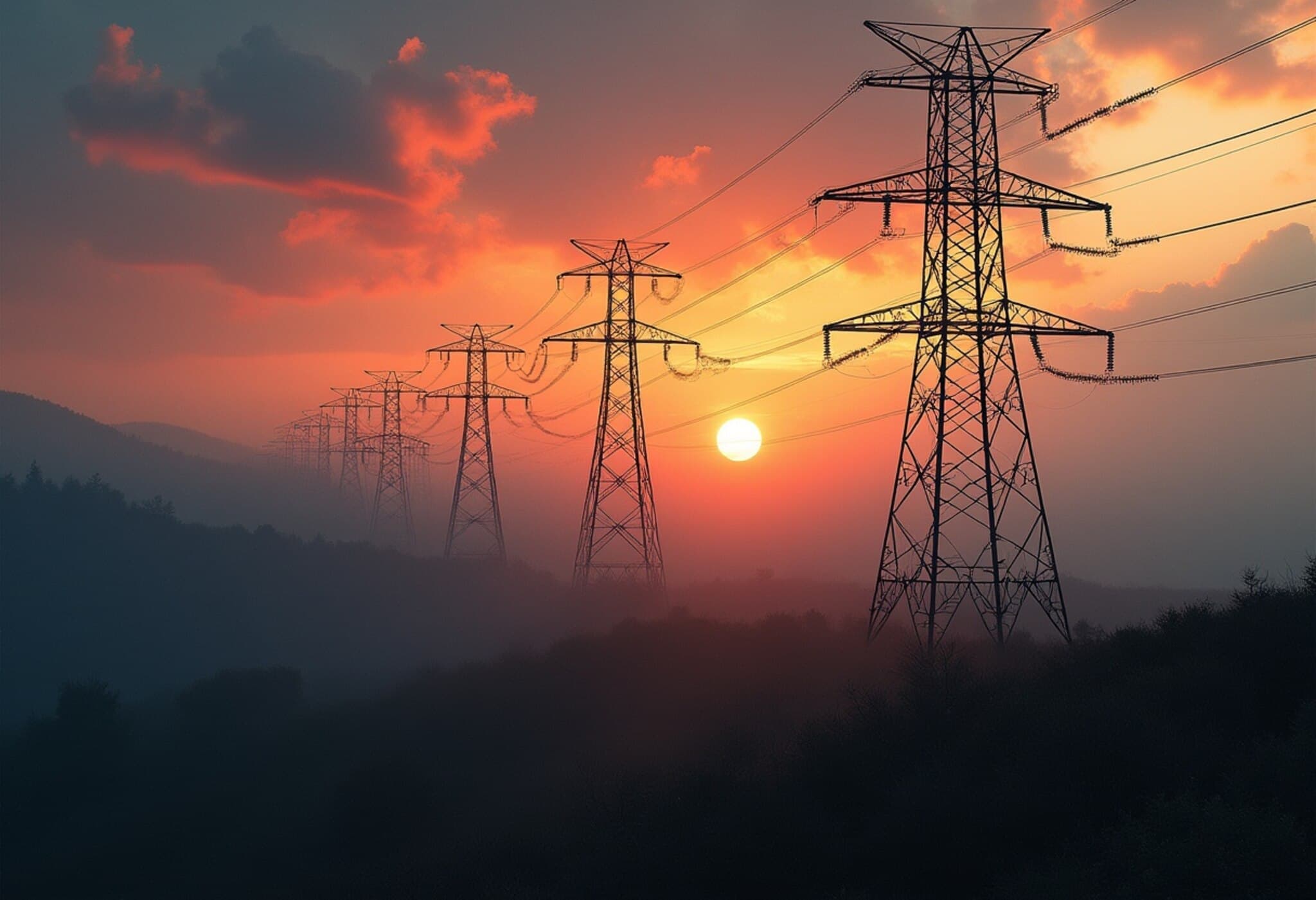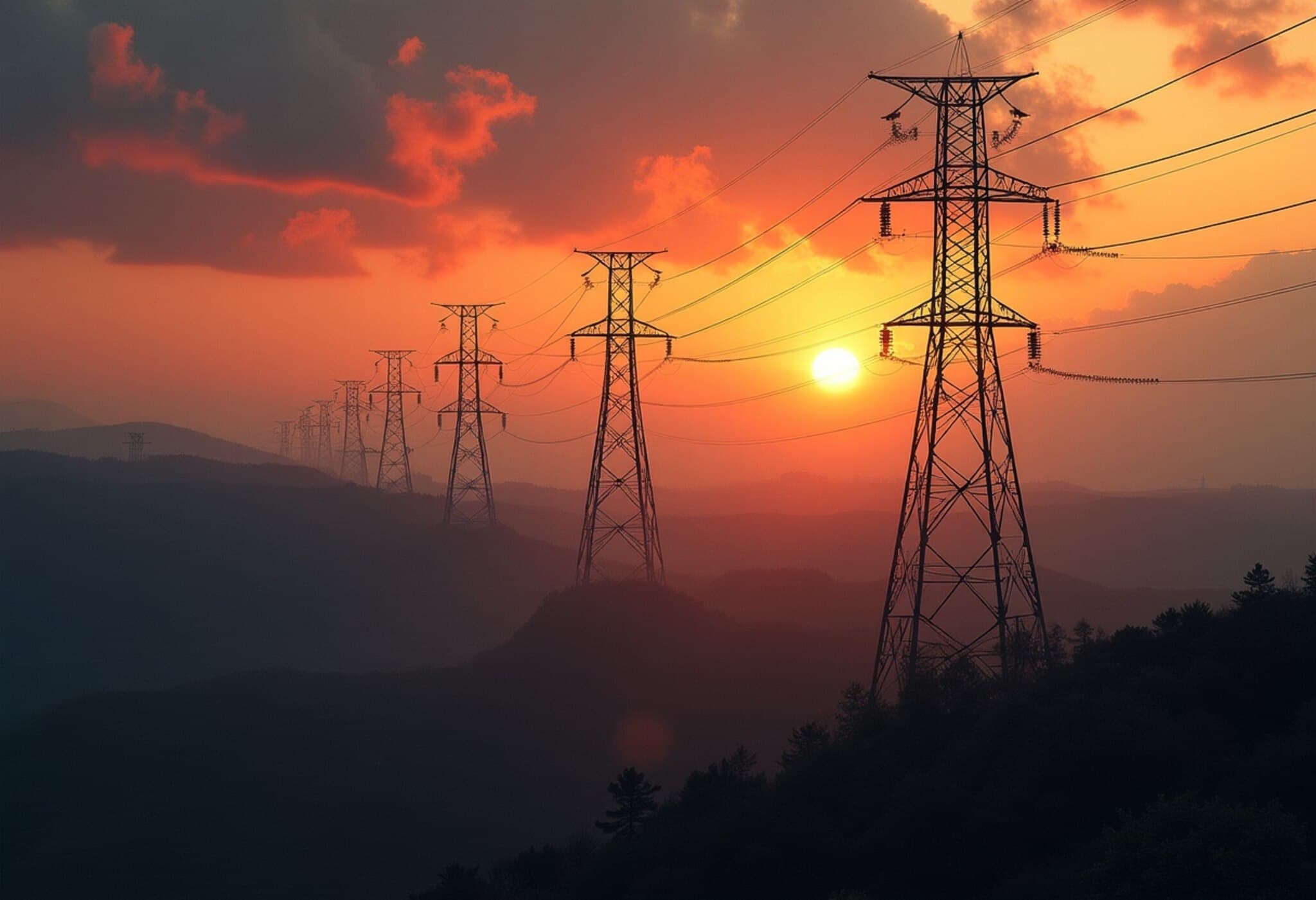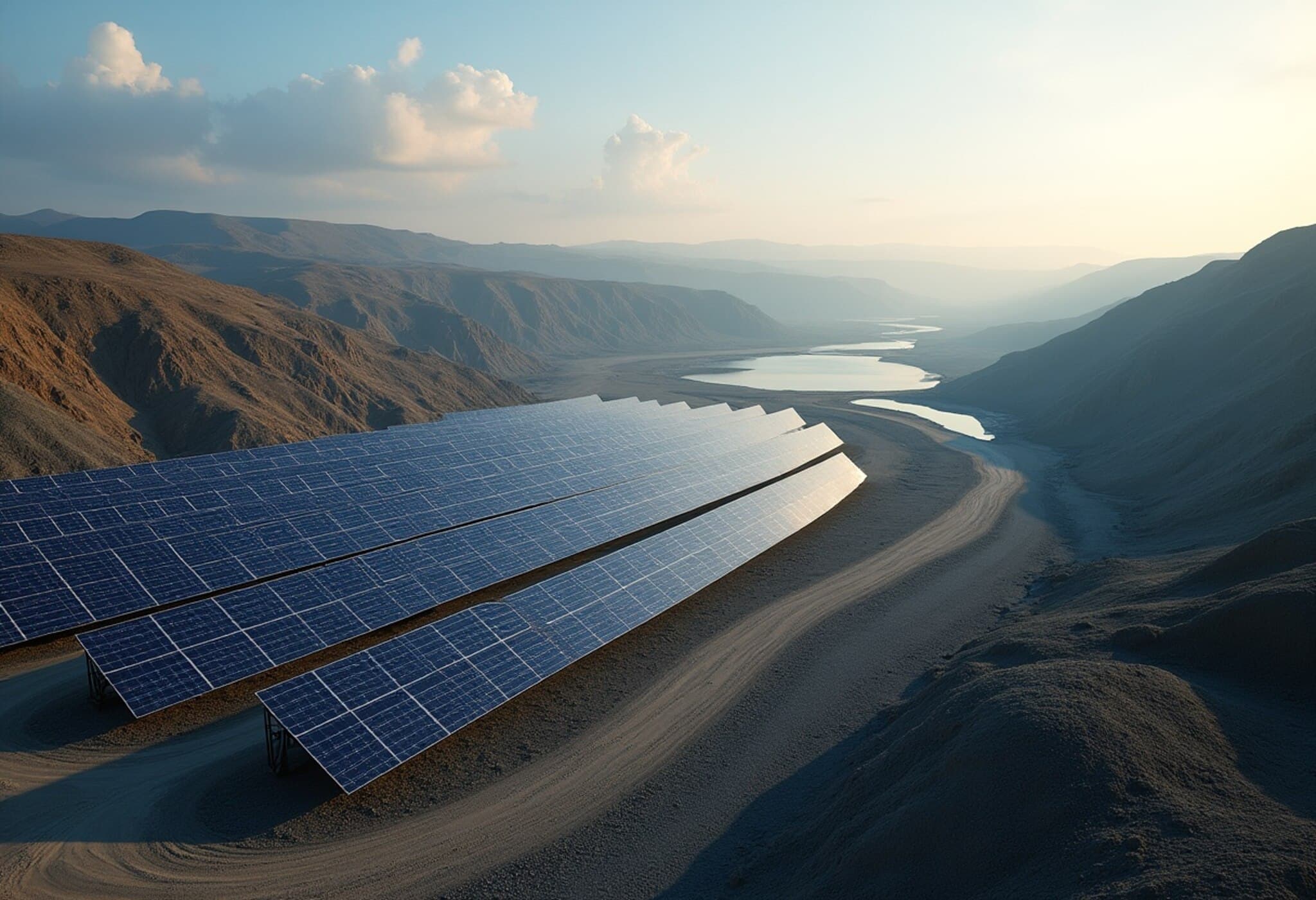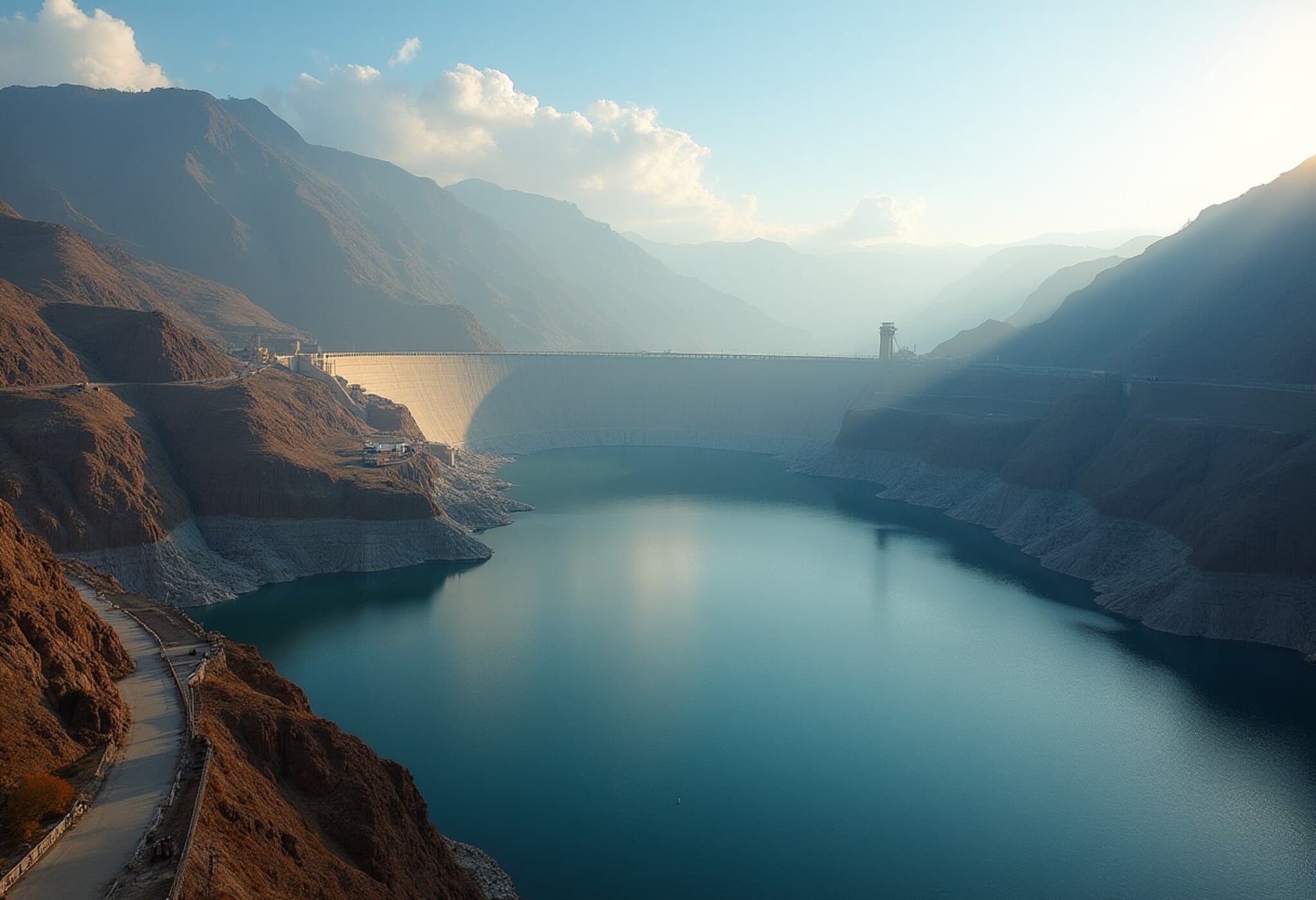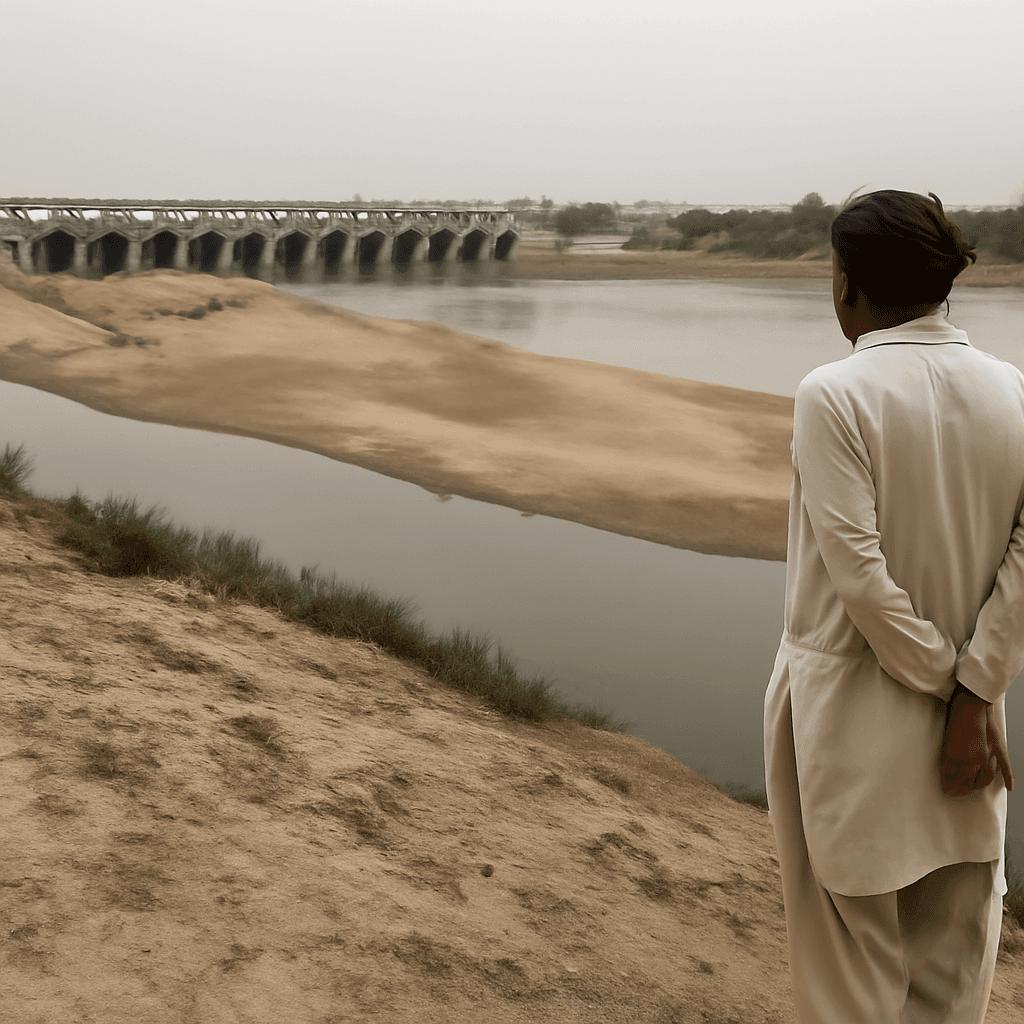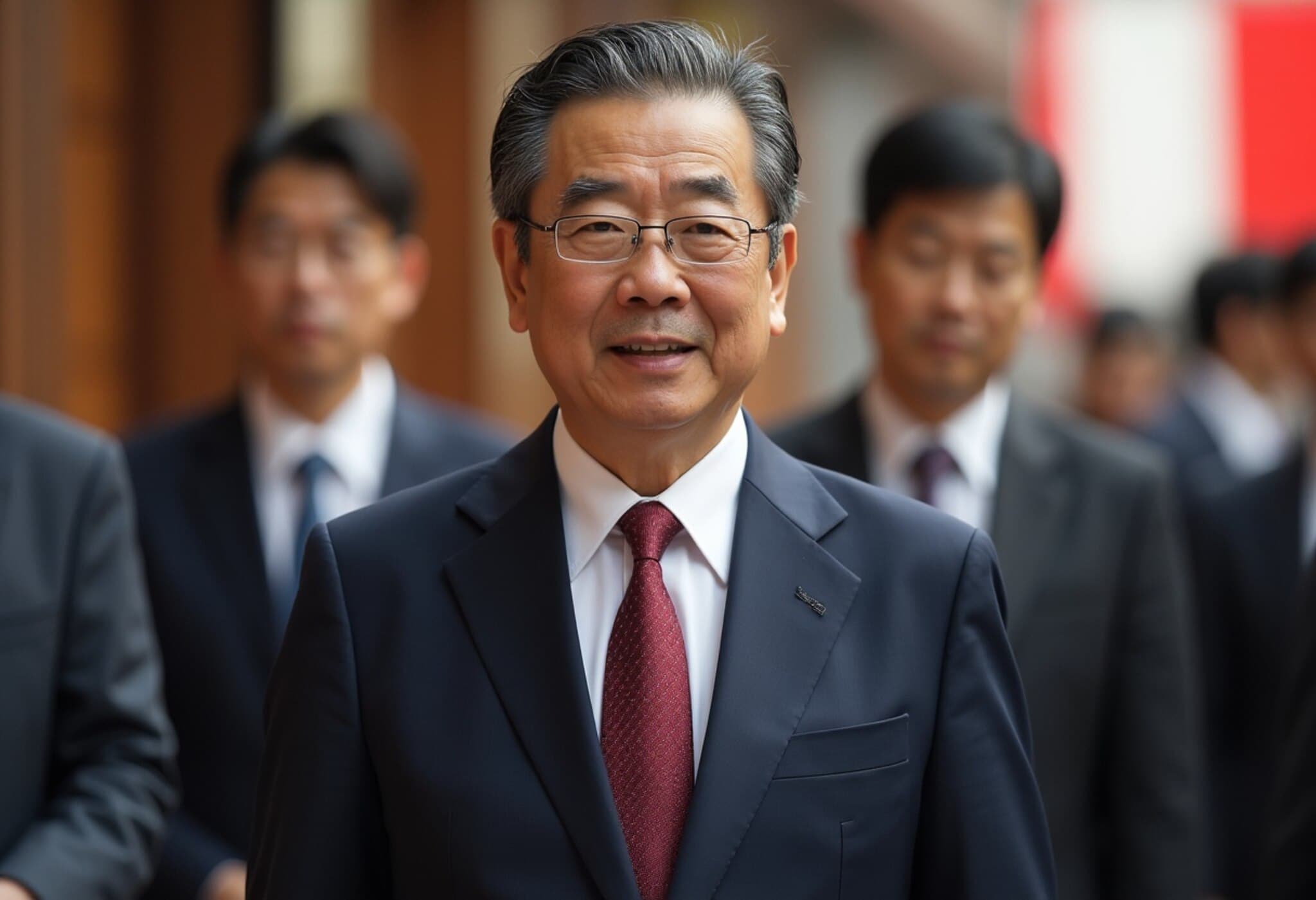China Launches Massive $168 Billion Hydropower Project on Tibetan Plateau
China has initiated construction on what is set to become the largest hydropower dam in the world, a mega-infrastructure project that promises to reshape the domestic energy landscape and create ripples across global energy markets. Premier Li Qiang officiated the groundbreaking of the colossal dam along the eastern edge of the Tibetan Plateau, signaling a major step forward in China’s clean energy agenda and infrastructure ambitions.
An Engineering Marvel with Massive Capacity
Dubbed the Yarlung Zangbo hydropower project, this dam is projected to generate a jaw-dropping 300 billion kilowatt-hours (kWh) of electricity annually — that's nearly three times the output of the iconic Three Gorges Dam, currently the world’s largest single green power source. To put it in perspective, this will account for approximately 21% of China’s hydropower output last year and about 2% of the nation’s total power generation, according to Pierre Lau, head of Asia-Pacific utilities research at Citi.
Economic Impact and Industry Winners
With an estimated total investment of 1.2 trillion yuan (around $167.8 billion), this project is nearly five times the scale of Three Gorges in financial terms. Analysts anticipate power equipment orders to reach as high as 120 billion yuan. Among the top beneficiaries is Dongfang Electric, a leading Chinese hydropower equipment manufacturer, which holds a commanding 45% market share in conventional hydropower equipment.
- Dongfang Electric could secure orders worth 54 billion yuan, potentially representing 77% of its 2024 projected revenue.
- The company’s stock soared dramatically following the announcement, with Shanghai-listed shares jumping 10% and Hong Kong shares surging over 65% initially.
- The firm’s presence in Linzhi, Tibet, allows for specialized equipment development tailored to the challenging geographic and environmental conditions of the Yarlung Zangbo river basin.
Broader Supply Chain Ripple Effects
The project’s magnitude extends well beyond hydropower equipment suppliers. The Herculean scale of construction will drive demand across multiple sectors:
- Cement production: The dam’s construction is expected to consume over 40 million cubic meters of concrete — equating to more than 16 million tons of cement, or around 1 million tons annually. Regional companies like Xizang Tianlu, dominant in Tibet’s cement industry, stand to benefit immensely.
- Civil explosives: Gaozheng Explosives, which commands a 90% market share in Tibet’s explosives, is poised to receive the lion’s share of orders given strict transport regulations and local market control.
- Electrical grid technology: Equipment makers such as Sieyuan Electric, Henan Pinggao Electric, and XJ Electric are forecast to experience surging demand for ultra-high voltage transmission lines and switching gear installations to manage the new power flows.
Market Perspectives and Future Outlook
Experts like Albert Miao from Macquarie Capital have upgraded target prices for Dongfang Electric’s shares, driven by stronger-than-expected government approvals for thermal and renewable power expansions toward 2030. Simultaneously, investors are eyeing cement companies like Anhui Conch Cement as solid plays in supporting infrastructure supply.
However, caution is warranted. Despite the construction start, the formal bidding process for many contracts has yet to commence, reminding investors to approach related stocks thoughtfully, as cautioned by Zhejiang Jindun Fans, a ventilation equipment supplier seeing volatility in its stock.
Economic Implications and Timeline
The project is expected to roll out over approximately ten years in phased completions. According to economists at Nomura, the most significant economic boost will be experienced during the initial years, potentially adding around 0.1 percentage point to China’s GDP growth. This underlines China’s strategy to marry green energy development with regional economic upliftment, particularly in strategically sensitive Tibet.
Expert Insight: What This Means Beyond Power Generation
This dam is not just an engineering or energy milestone; it is an emblem of China’s broader ambitions. Strategically, boosting hydropower in Tibet serves multiple purposes: enhancing energy security, reducing carbon emissions, and fostering economic development in a remote region with geopolitical importance. The focus on local manufacturing and tailored equipment reflects an integrated approach to complex terrain challenges.
Moreover, as the world looks toward decarbonization, China’s massive investment underscores the scale of infrastructure transformation necessary to meet climate goals. The spillover benefits for suppliers and investors highlight how monumental projects can ripple through multiple sectors, from heavy industry to capital markets.
What Investors and Policymakers Should Watch
- Supply chain robustness: The ability of local suppliers to meet immense demand without bottlenecks will be critical.
- Environmental and social impacts: Mega dams often stir controversy over ecological disruption and displacement – monitoring these factors will be important.
- Geopolitical sensitivity: Infrastructure development in Tibet intersects with regional diplomatic considerations involving neighboring countries.
Editor's Note
China’s Yarlung Zangbo mega-dam stands as a testament to the scale and ambition required for the global energy transition. Beyond the electricity generated, this project is a barometer for how mega-infrastructure can stimulate economic growth, reshape industries, and define geopolitical narratives. As this dam unfolds over the coming decade, it raises questions about balancing development with sustainability, local benefits versus broader national aims, and how such projects influence global energy markets. For investors and policymakers alike, the emerging story is not just about power output—it’s about power dynamics in the 21st century.

